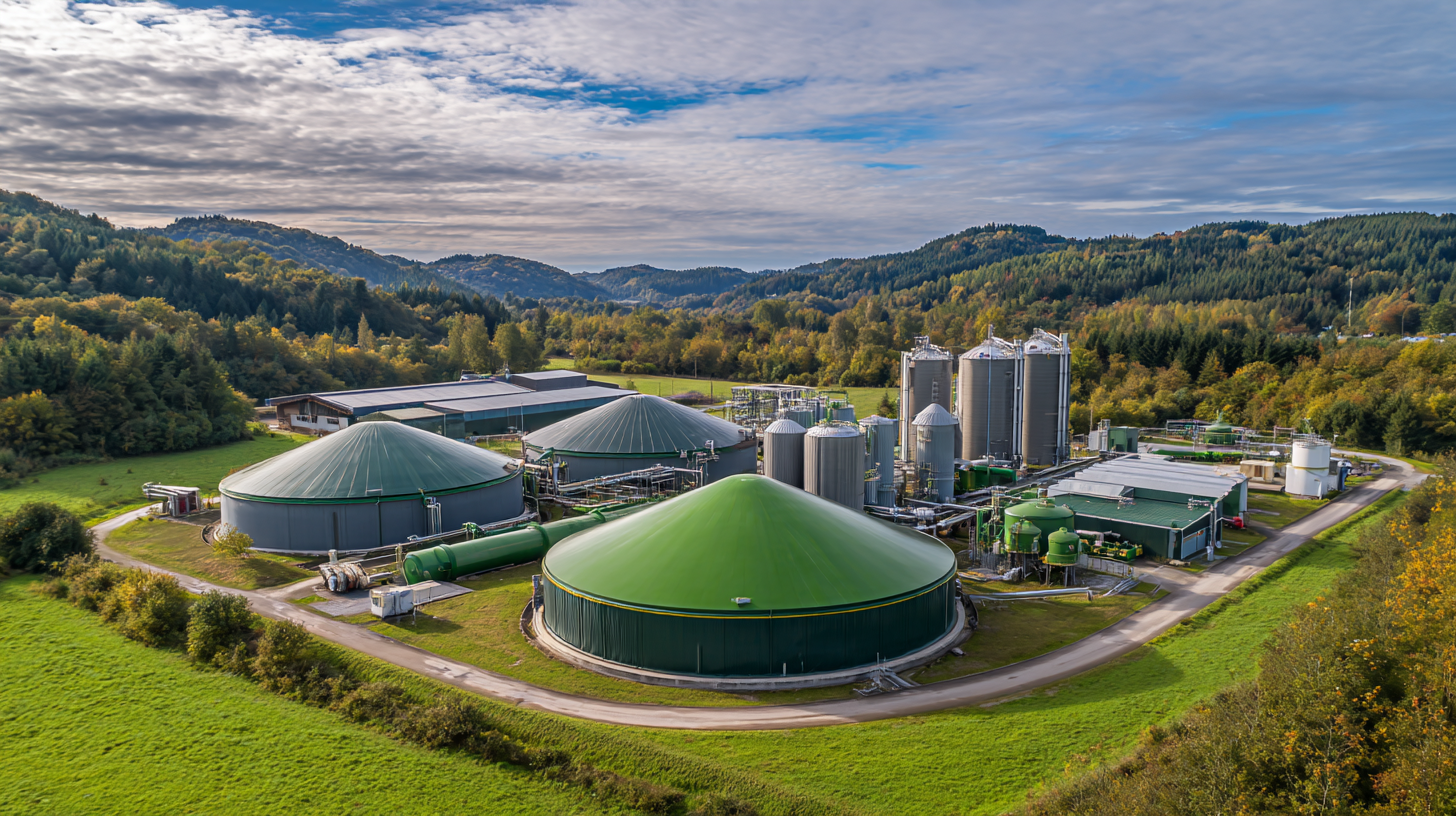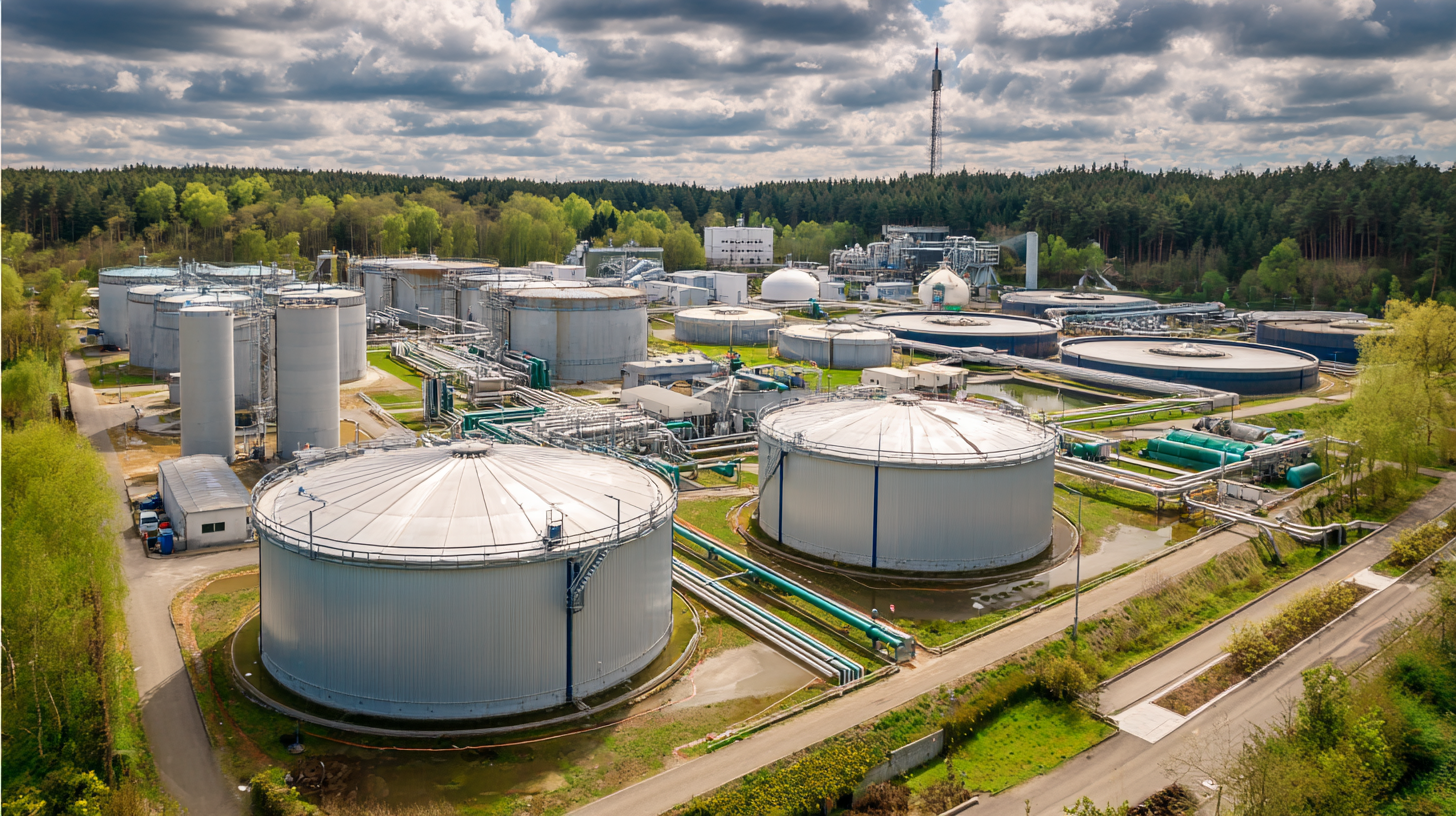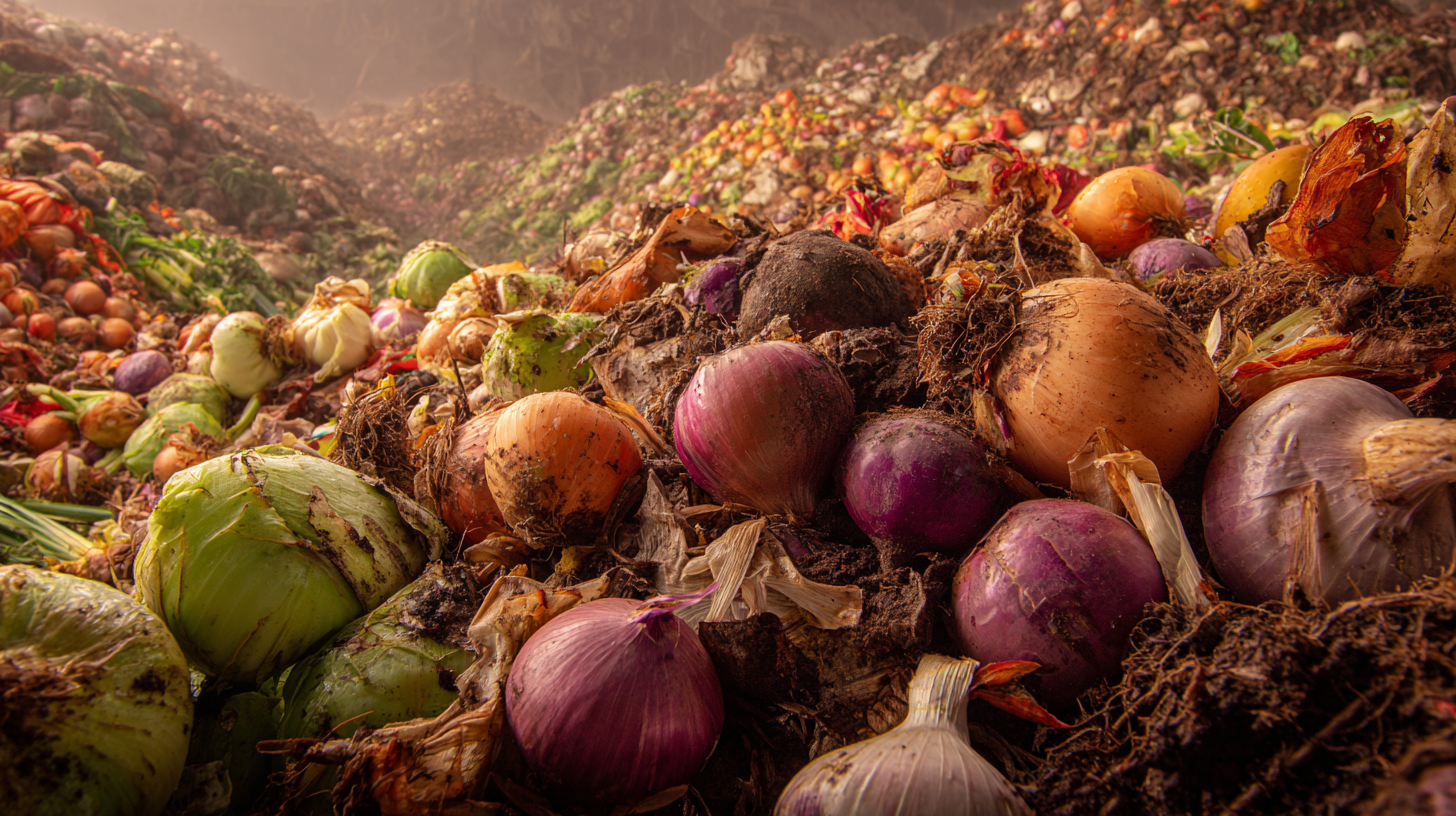Anaerobic Digestion (AD) has emerged as a crucial technology in the quest for sustainable waste management and renewable energy production. According to the Global Methane Initiative, the implementation of AD could potentially reduce greenhouse gas emissions by 1.6 billion metric tons of CO2 equivalent annually. Moreover, the World Bank's report on waste management highlights that AD can process organic waste, turning a problem into a resource, thereby contributing to a circular economy. This innovative process not only aids in reducing landfill waste but also generates biogas, which can be harnessed for electricity, heat, and transportation fuels. As global buyers seek effective solutions to environmental challenges, understanding the essential benefits of the best Anaerobic Digestion systems becomes imperative for leveraging its full potential in both ecological and economic terms.

Anaerobic digestion is a biological process wherein microorganisms break down organic matter in the absence of oxygen, resulting in biogas and digestate. This method not only provides a sustainable way to manage waste but also contributes significantly to renewable energy production. According to the International Energy Agency, the global biogas market is projected to reach $35 billion by 2025, highlighting the increasing interest in anaerobic digestion as a solution for energy generation and waste management.
The principles of anaerobic digestion revolve around four key stages: hydrolysis, acidogenesis, acetogenesis, and methanogenesis. During hydrolysis, complex organic materials such as carbohydrates, fats, and proteins are broken down into simpler compounds. The resulting intermediates are then converted into fatty acids during acidogenesis. Following this, acetogenesis transforms these acids into acetic acid, hydrogen, and carbon dioxide, setting the stage for the final stage, methanogenesis, where methane is produced. Reports indicate that optimally designed anaerobic digesters can achieve methane yields of 60-70%, making this process both efficient and environmentally friendly, thereby appealing to global buyers seeking sustainable solutions.
Anaerobic digestion (AD) is increasingly recognized as a pivotal technology in sustainable waste management. By converting organic waste into biogas, a renewable energy source, AD not only reduces landfill use but also mitigates greenhouse gas emissions. According to the International Renewable Energy Agency (IRENA), the global biogas production capacity could exceed 200 billion cubic meters annually by 2030, highlighting the critical role of AD in waste management and energy production.
For global buyers, the benefits of anaerobic digestion extend beyond waste reduction. AD systems promote nutrient recycling, producing digestate that can be used as a high-quality fertilizer, thus enhancing soil health. A report from the United Nations Environment Programme indicates that the use of digestate can lead to an increase in crop yields by up to 30%, making it an attractive option for agricultural enterprises looking to improve sustainability.
Tip: When considering anaerobic digestion systems, focus on local waste sources. Utilizing locally produced organic materials not only reduces transport costs but also increases the biogas yield effectively. Furthermore, invest in high-efficiency digesters to enhance energy recovery while minimizing operational costs. This strategic approach ensures that your investment in anaerobic digestion delivers significant sustainable benefits.
 Anaerobic digestion (AD) technology has seen significant advancements in recent years, particularly in its applications harvesting biogas from various organic substrates. One exciting development is the exploration of
sugarcane vinasse as a potential feedstock for biogas production. The anaerobic fermentation of vinasse not only contributes to renewable energy generation but also highlights its utility in producing
biofertilizers, thus boosting the bioeconomy. This dual advantage reflects a growing trend in sustainable waste management, where by-products are optimized for multiple applications.
Anaerobic digestion (AD) technology has seen significant advancements in recent years, particularly in its applications harvesting biogas from various organic substrates. One exciting development is the exploration of
sugarcane vinasse as a potential feedstock for biogas production. The anaerobic fermentation of vinasse not only contributes to renewable energy generation but also highlights its utility in producing
biofertilizers, thus boosting the bioeconomy. This dual advantage reflects a growing trend in sustainable waste management, where by-products are optimized for multiple applications.
Furthermore, innovative research emphasizes the effectiveness of
co-digestion processes, combining waste streams like food waste with conductive materials, which enhances methane production rates. The ability to predict
biogas yield through machine learning is also emerging as a vital tool for improving operational efficiency in industrial-scale biogas plants. As these technologies mature, they promise not only to elevate biogas production but also to encourage a
circular economy by converting waste into valuable resources, underscoring the essential benefits of anaerobic digestion for global buyers.
Anaerobic digestion (AD) has emerged as a promising waste management solution, particularly when compared to conventional treatment methods like landfilling and incineration. One of the most significant advantages of AD is its ability to convert organic waste into biogas, which can be harnessed as renewable energy. Unlike incineration, which releases harmful emissions, anaerobic digestion occurs in a closed environment, minimizing the release of pollutants and greenhouse gases. This makes AD a more environmentally friendly option, especially in regions struggling with waste management and air quality issues.
When analyzing anaerobic digestion against composting, another popular organic waste treatment method, several clear distinctions arise. While composting transforms organic materials into nutrient-rich compost, it requires significant space and time and can emit odor or attract pests. In contrast, AD not only produces fertilizer but also generates energy, offering a more efficient cycle that addresses both waste disposal and energy generation. This dual benefit makes anaerobic digestion a more appealing choice for global buyers looking to optimize waste management strategies while contributing to sustainability efforts.
When selecting the best anaerobic digestion solutions, global buyers must consider several critical factors to maximize their investments. A recent report by the Global Methane Initiative highlights that anaerobic digestion can reduce greenhouse gas emissions by up to 80%, making it an environmentally sustainable choice for waste management and energy production. Buyers should focus on the technology's efficiency and scalability. Technologies leveraging advanced microbial communities have shown to boost biogas production rates significantly, with some facilities achieving yields of over 600 m³ of biogas per ton of organic waste processed.
Additionally, understanding operational costs and potential returns on investment is crucial. According to a study published by the International Renewable Energy Agency (IRENA), successful anaerobic digestion plants can achieve payback periods as short as 3 to 5 years depending on location and feedstock availability. Buyers are urged to analyze specific market dynamics, such as local regulations and available subsidies, which can significantly affect the overall economic viability of the technology. By prioritizing these factors, global buyers can navigate the competitive landscape effectively and choose the best anaerobic digestion solutions tailored to their needs.

